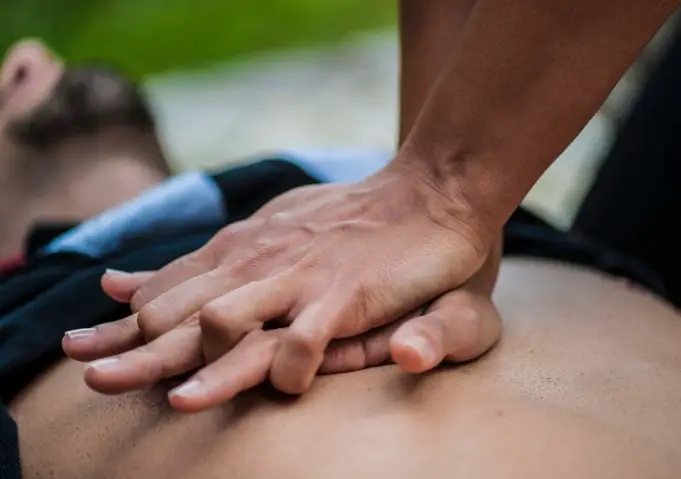Cardiopulmonary resuscitation, more commonly referred to as CPR, is a technique used by concerned citizens and medical professionals to assist someone who isn’t breathing or whose heart has stopped. It often falls under the larger umbrella of first aid, which teaches people how to help when they’re the first on the scene of an accident or injury.
Many people only learn first aid and CPR if their work requires it of them. However, you can learn CPR easily, and first aid is simple to pick up as well. Here are some compelling reasons why you should learn first aid and CPR.

Spending Time with Children
Many jobs in which people care for children mandate that first aid and CPR training be completed. However, at home you make the rules, so unless you assign yourself this task, it won’t happen. First aid and CPR are exceptionally important if you have children, especially for incidents of choking.
Children tend to move around while eating, struggle to moderate their bite sizes, and have under-developed gag reflexes in their youth. While food is the most common thing on which children will choke, they also tend to put inappropriate things in their mouths.
Over 12,000 children go to the hospital each year for incidents of choking. Knowing how to react in these situations can reduce panic, injury, and choking-related death.
Aging Relatives
At the other end of the spectrum are senior citizens. As the years pass, balance and coordination tend to fail, and bones become more fragile. This results in more falls and debilitating breakages. If you have aging loved ones, first aid and CPR training can make all the difference if you come across a fallen or unconscious senior citizen.
In cases of senior injuries, like bad cuts and broken bone, your job is to keep things calm and stable until the paramedics arrive. Knowing what to do will help keep the injured person calm and safe– reducing further injury– until professionals arrive to take in the scene. Sometimes severe breaks can put someone in shock and cause them to lose consciousness. CPR and first aid training will help you know what to do.
Save Yourself
Have you ever wondered what would happen if you sustained a bad injury or started choking while no one was around to help? First aid and CPR training cover that as well. In situations when your life’s in jeopardy, panicking can make all the difference in how the scenario turns out.
If you know what steps to take to save yourself, you are less likely to panic and able to focus on the task at hand. You can even learn how to perform anti-choking measures on yourself effectively while alone.
Organ Donation
Despite our best efforts, sometimes we find ourselves in a situation where we are unable to save someone. It may be that we come across an accident too late, that the injuries were too severe to treat with basic first aid or that even with proper medical intervention, the person was beyond saving. It can be challenging to process this experience as a first aid responder, but there is still something you can do: save more lives.
If you come across an accident and perform CPR on someone who is listed as an organ donor, you may be the one factor that keeps oxygen moving through the body, keeping the organs viable for donation.
Perhaps you won’t be able to save the person who you’re trying to help, but your efforts could save up to eight other lives and improve the quality of life for others, creating something beautiful out of a tragedy.
Other Perks
The main reason behind learning first aid and CPR is to be able to save a life, whether the persons injured or your own. There are, however, other reasons for learning First Aid and CPR that are fun or beneficial.
For example, your first aid and CPR certification will allow you to volunteer at concerts and events, getting you in for free. The certification also looks great on a resume, should a job change be in your future. Many workplaces offer to cover training and certification and offer additional perks for those who are certified and participate in any health and safety efforts in the office or on the job site.
In an ideal world, everyone would have CPR and first aid training. You can make sure you and your immediate circle are covered by taking it upon yourself to learn these lifesaving skills.












